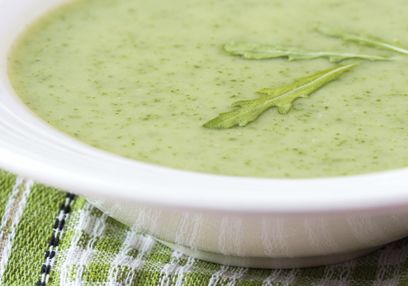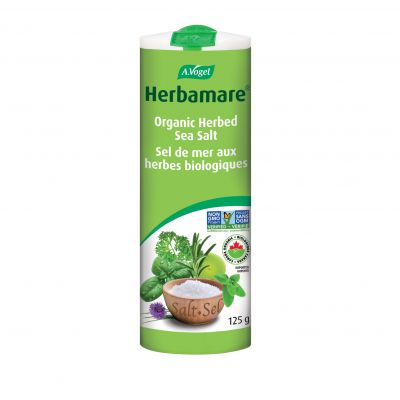At what age do you start losing muscle?
Along with the many inevitable changes that occur as more birthday candles are added to your cake, you can add muscle loss to it. Somewhere between the age of 30 to 50, you begin to lose approximately 3% of your total muscle mass per decade. This progressive decline of important tissue could cause weakness, changes to gait, and potential changes in how you get around throughout your day-to-day activities.
How does aging affect the muscles?
As men age, the testes begin to produce less testosterone, a hormone that plays a significant role in many important functions related to muscle. Normally, a hormone known as luteinizing hormone (LH) stimulates the testes to produce testosterone.
Animal studies have shown that while LH levels remain fairly consistent, aging testes fail to respond to LH with the same strength and therefore results in reduced levels of testosterone. It may be worth speaking with your primary care provider and having your levels assessed, especially if you have never established a baseline.
Another aspect to consider are the changes that occur to the blood vessels as they supply precious nutrients to the muscles and remove waste products such as lactic acid.
Finally, aging seems to be associated with something known as anabolic resistance. As the body ages, it has a muted response to anabolic stimuli such as exercise and food that would typically encourage a protein synthesis response. It's important to note that it's never too early to start thinking about anabolic resistance as a sedentary lifestyle marked by significant muscle disuse can also lead to this modifiable metabolic change.
Can older adults build muscle?
Absolutely! It is never too late to start exercising, simply the pace will change. Working closely with a physical therapist could save you injury in the long term as well. Adding a circuit of weights are an easy way to slowly build muscle because of the ability to move up in intervals of 5lbs as you find yourself getting stronger. Progressive exercise has superior benefits as opposed to sticking with the same amount of weight and the same motions. Alternating your routine engages different muscle groups and encourages your body to distribute the proteins more evenly.
Would changes to my diet help improve my muscle mass?
When the body breaks down protein, the byproducts are known as amino acids and can be thought of as building blocks for many functions in the body, which includes building muscle tissue. To preserve healthy aging muscles, the literature suggests an intake of approximately 1.0-1.2g/kg/day with benefits noticed gradually over the course of 24 weeks. A potential issue with dietary protein is that appetite tends to decline with age as metabolism slows and certain functions and reactions move into the slow lane. This could lead to a decrease in protein intake, but current research indicates that exceeding recommendations in elderly populations could help maintain muscle mass. However, expecting muscle mass to increase without physical activity has not been shown to have any effect. Consuming all of your protein in a single meal is also an unrealistic idea for many due to the sheer digestion that needs to occur depending on the protein source. Determining your own daily recommended intake with your primary care provider and then spreading out your protein intake throughout the day can prolong protein synthesis for your waking hours and into those spent sleeping.
Some research demonstrates that increases in muscle protein synthesis last for approximately 90 minutes following exercise while others demonstrate this state could last as long as four hours. An exact time is difficult to pinpoint because types of exercise include resistance, strength, endurance, and aerobic training. Each individual has their own limit and can handle training that places their resting heart rate into specific key zones.
Is it possible to directly supplement with amino acids?
To a degree, but diet is always the preferred means to achieving an optimal nutritional status, unless there is an absorption issue or another concern that impairs digestion. One amino acid that may be worth considering is leucine. When leucine is broken down, a metabolite known as β-hydroxy β-methylbutyrate is produced, ranging in the area of 5%. This metabolite has been shown to help preserve muscle mass and function by further stimulating protein synthesis and is associated with reducing hip-fractures in elderly individuals. When falls and subsequent hip fractures represent such a significant mortality risk for elderly individuals, improving muscle mass early could keep you from an early grave. Meats are unsurprisingly rich in amino acids, but for a vegetarian approach, one could consider firm tofu, ricotta cheese, pumpkin and squash seeds, and eggs.
Without a certain load applied to the bones, you may notice that they also start to weaken, and this could eventually result in joint pain.
However, are there steps you can take to alleviate such pains?
Harpagophytum procumbens, otherwise known as Devil's Claw, is a plant species native to south Africa. The harpagosides, the active constituent of the plant also acts as an anti-inflammatory and can be taken internally. Products such as Joint Pain Relief tablets can provide this benefit, but the European Medicines Agency notes that it could take 2-3 months to notice significant benefits as the harpagosides accumulate in the tissues of the body with patients noticing decreased pain and increased joint mobility. As you began to build muscle and add load to the bones, you may notice a decrease in the joint pain and could potentially reduce the dose of harpagosides. It's important to work alongside your primary care provider to minimize your risk of injury.
References
https://www.ncbi.nlm.nih.gov/pmc/articles/PMC2892859/
https://www.ncbi.nlm.nih.gov/pmc/articles/PMC3381813/
https://www.ncbi.nlm.nih.gov/pmc/articles/PMC4066461/
https://www.ncbi.nlm.nih.gov/pmc/articles/PMC4077344/
https://www.ncbi.nlm.nih.gov/pmc/articles/PMC4882708/
https://www.ncbi.nlm.nih.gov/pubmed/9310077 https://www.ncbi.nlm.nih.gov/pubmed/22414775
https://www.ncbi.nlm.nih.gov/pubmed/29389741
https://www.physiology.org/doi/full/10.1152/japplphysiol.91481.2008






